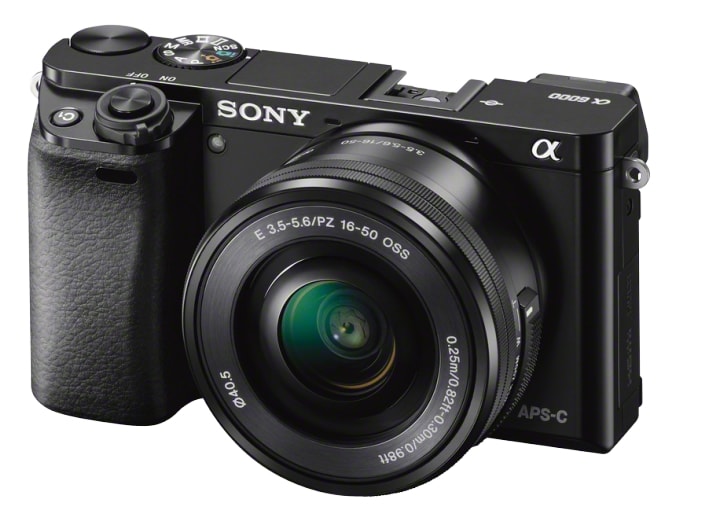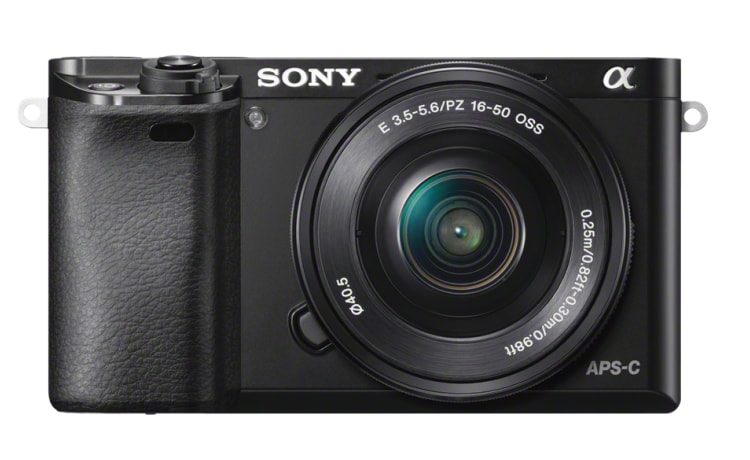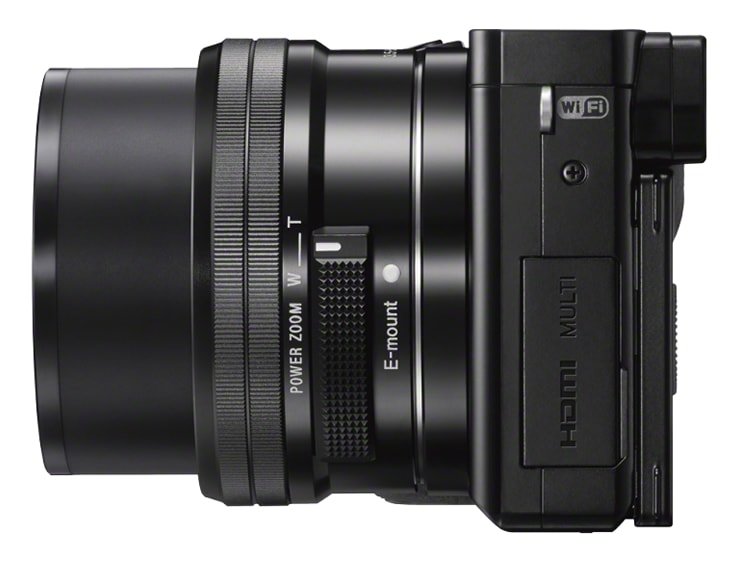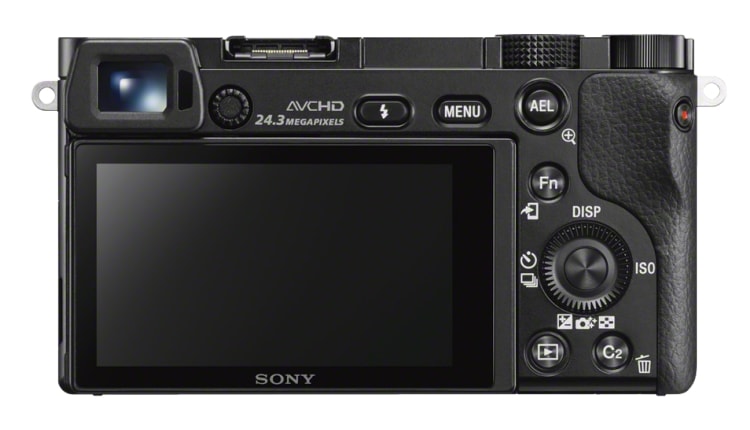First Impressions Review of the Sony A6000
Sony developed their compact camera system for people who crave professional caliber image quality but don’t want the bulk, complexity, and price of a high resolution DSLR. The NEX-6, released less than two years ago—and it’s older siblings, the NEX-3 and NEX-5—pushed boundaries right into the image quality territory of DSLRs.
One look at the Sony A6000 and you’ll understand why the NEX system is on the way out, many elements of the A6000 are better than anything an entry-level DSLR can provide.
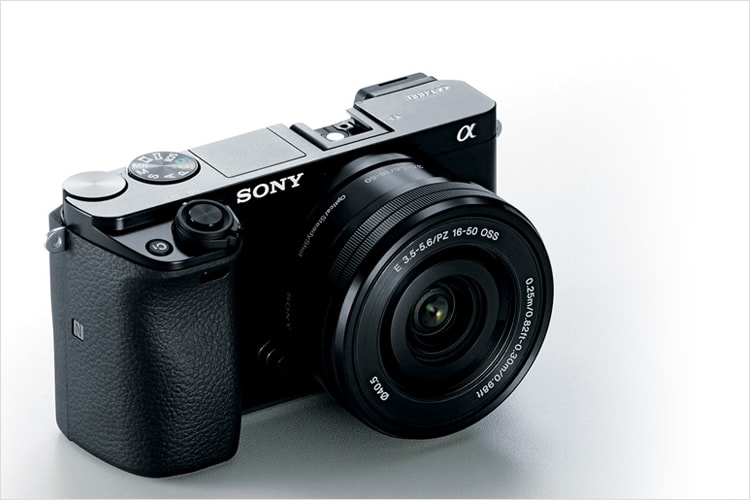
Sony A6000 on Amazon
Feature Summary:
- 24.3MP Exmor APS-C HD Image Sensor
- Bionz X Image Processor
- Hybrid AF System with 179 phase-detect points
- 11 frames-per-second burst rate with AF tracking
- 1080p HD video up to 60p
- Built-in stereo microphone
- 1.4M dot OLED viewfinder
- User programmable buttons (3)
- Pop-up Flash
- ISO-standard hot shoe
- Wi-FI and Near Field Communication connectivity (NFC)
Much Improved Auto-Focus
The Sony A6000 improves on almost every element of the NEX-6 platform it replaces. Many photographers recognized sensor size and poor subject tracking as the weak spots of the NEX-6. The new image sensor silences those who claim that you need a minimum of 24 megapixels for quality imaging.
To improve autofocus speed and tracking, Sony nearly doubled the phase-detect autofocus points (the NEX-6 has 99 phase-detect points, the A6000 has 179). The A6000 can—according to Sony—acquire focus in 0.06 seconds and continuously track a subject while shooting at 11 frames-per-second. That should take care of focus tracking complaints.
A hybrid system that combines phase-detect points and 25 contrast-detect points are the backbone of fast and accurate AF in Sony’s mirrorless cameras. In theory, the phase-detect points help the camera recognize direction and the camera’s distance from a subject. The contrast-detect side of the system handles finite adjustments to bring the subject into crystal clear focus.
The 99 phase-detect points of the now-discontinued NEX-6 covered about half of the image frame, presenting problems while tracking fast moving subjects. The 179-point phase-detect system of the A6000 cover over 90% of the image frame, making fast action photography with crystal clear imaging more feasible.
Video Capabilities
In addition to shooting stills, the A6000 will shoot full 1080p video at 60i or 60p frame rates. Sony provided a zebra patterning system which will help compose videos with proper exposure values. The Zebra pattern can be set to a threshold of 70% or 100%.
Downloadable Apps – PlayMemories
The A6000 carries on the NEX-6 tradition of downloadable apps and Wi-Fi connectivity. Apps are downloadable through Sony PlayMemories and include a variety of picture effects processors and artistic filter effects. A few apps are free, but you have to pay for most of them.
Wi-Fi and NFC connectivity allows you to see a live view mode from the camera with an Android phone or tablet. Apple iOS connectivity is not supported for live view but wireless image transfer is available.
Viewfinder and LCD Screen
The articulated LCD screen tilts up and down and has a resolution of 921,600 dots. Mirrorless photography requires a digital viewfinder and despite all the upgrades over its NEX ancestors, Sony reduced the resolution of the organic light-emitting diode (OLED) viewfinder to 1.44M dots instead of the NEX-6’s 2.36M dots.
The Sony A6000 will be available in late March, early April. At around $650 for the body or $800 as a kit with Sony’s E-mount 16-60mm lens, it’s going to give entry-level DSLRs a run for their money. It can’t do everything—if you decide to upgrade to an A6000 you will be forced into a world of limited lens selection and you will lose some of the versatility of a DSLR platform.
Regardless, the A6000 can do most things well and in it will outperform just about every entry-level DSLR when it comes to autofocus and shooting speed. Many die-hard DSLR owners will still pick one up for a small, lightweight go-anywhere handheld use.
You can order the Sony A6000 on Amazon.
Want to learn even more about it? Check out this Sony a6000 review for even more information about this great camera!
